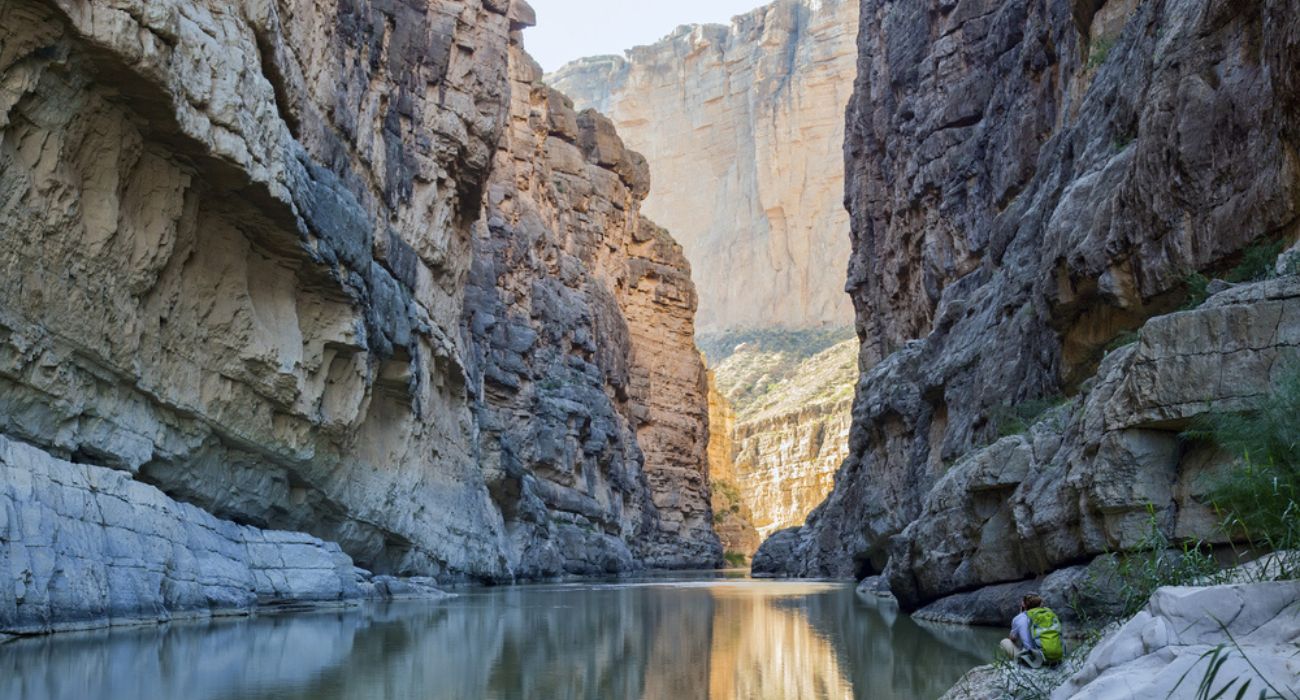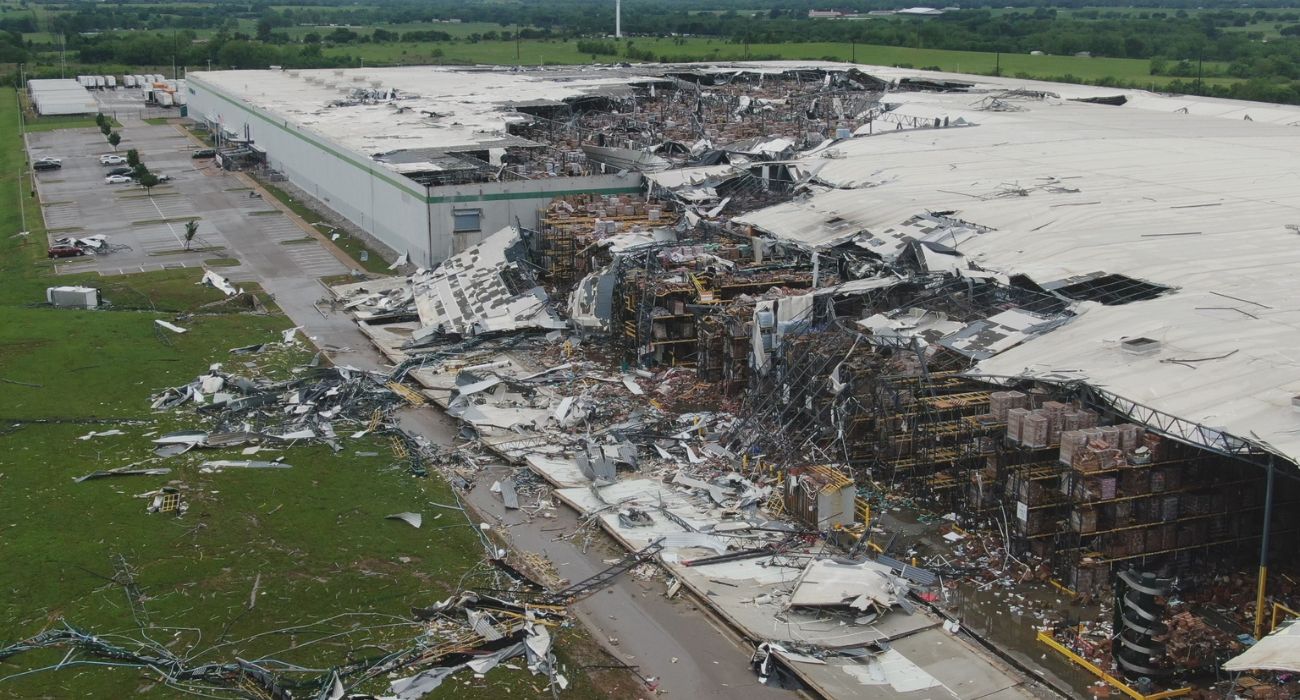Miles away from civilization, in the vast wilderness of Southeast Texas on the U.S.-Mexico border, lies the state’s most isolated and solitary location.
The Lone Star State has many remote locations, given its more than 250,000-square-mile size, but none is more isolated than the southeastern edge of Big Bend National Park in Texas.
Big Bend National Park is a geologically and biologically rich nature and wildlife preserve that was authorized by Congress in 1935 to protect the more than 800,000 acres in the Chihuahuan Desert along the Rio Grande.
Would-be adventure seekers who find themselves in this secluded part of Texas are advised by the National Park Service (NPS) to plan well ahead of their trip and to stay vigilant while traversing the park’s expansive stretch of land.
“While the isolation of Big Bend National Park is a draw for many visitors, it also means your trip must be well prepared and carefully planned,” NPS advises.
Google Maps places the nearest towns more than 70 miles away from Texas’ most remote location. Visitors to the southeastern edge of Big Bend National Park would need to travel 72-81 miles before arriving in Alpine, Texas, and nearly 100 miles before making it to Marfa, according to Google Maps data.
The southeastern portion of Big Bend offers no public transportation to or from the park and is located more than 200 miles away from the nearest airport in Midland/Odessa.
The park attracted more than half a million visitors in 2021 and 2022 due to pent-up demand from the pandemic lockdowns, according to Big Bend Superintendent Bob Krumenaker, as reported by KUT 90.5. However, inflation and other economic conditions are expected to drive that number lower in 2023.
“People aren’t traveling as much as they were before,” said Jim Street, a member of the Alpine Business Alliance, according to KUT 90.5. “Meals are up, gas is up. I think it’s part of the whole national trend.”
However, Krumenaker disagrees, saying the park will continue to have at least half a million visitors annually in the years to come.
“I do think the numbers are going to continue to go up,” Krumenaker said, per KUT 90.5. “Terlingua keeps growing, there are more and more AirBNBs, the marketing for the park is huge, so it’s hard for me to imagine that we’re going to be stable.”






